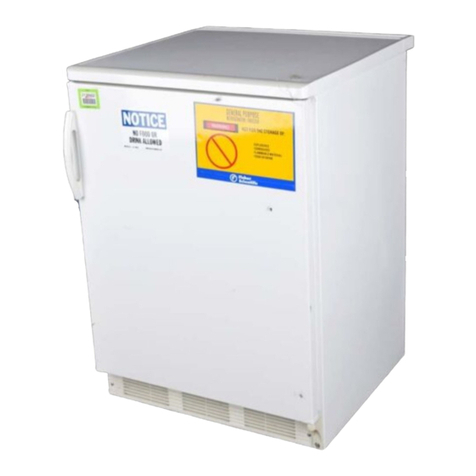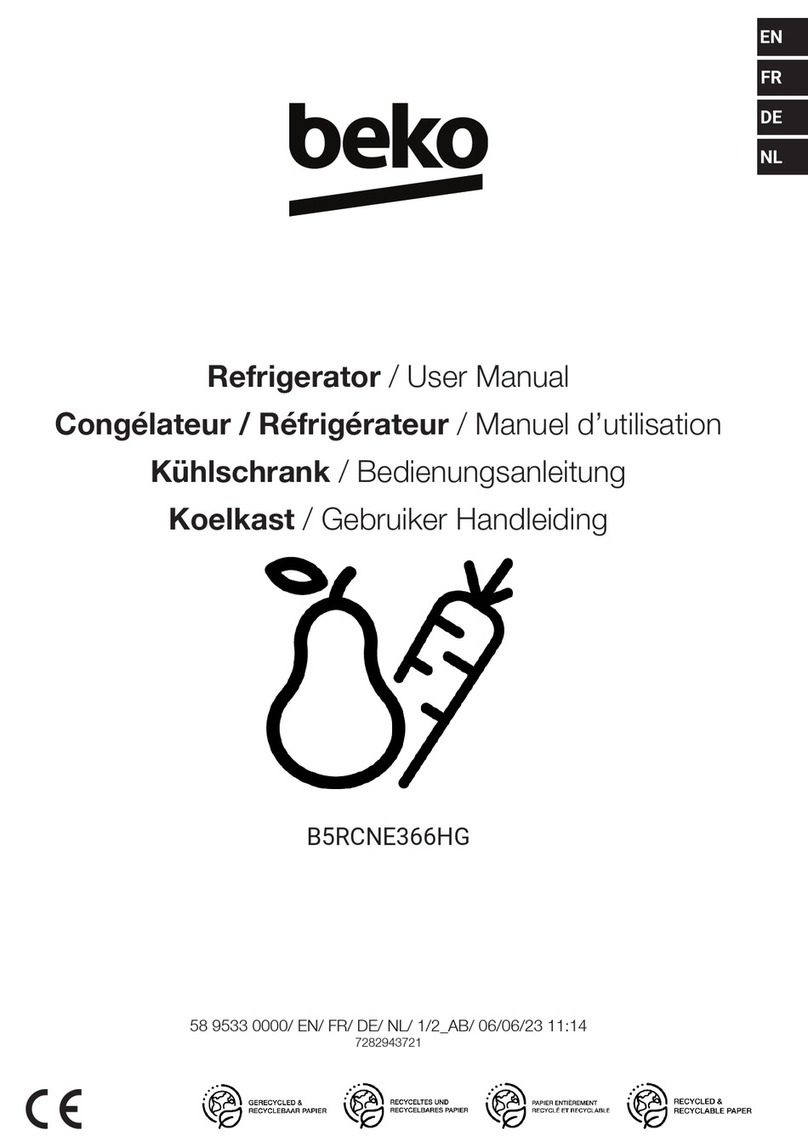
Safety Information
Your satisfaction and safety are important to Fisher Scientific and a complete understanding of this unit
is necessary to attain these objectives.
As the ultimate user of this apparatus, it is your responsibility to understand its proper function and
operational characteristics. This instruction manual should be thoroughly read and all operators given
adequate training before attempting to place this unit in service. Awareness of the stated cautions and
warnings, and compliance with recommended operating parameters – together with maintenance
requirements – are important for safe and satisfactory operation. The unit should be used for its intended
application; alterations or modifications will void the Warranty.
This product is not intended, nor can it be used, as a sterile or patient connected device. In addition, this
apparatus is not designed for use in Class I, II or III locations as defined by the US National Electrical
Code, unless otherwise noted.
Alert Signals
DANGER RISK OF CHILD ENTRAPMENT
Before you throw away your old refrigerator or freezer:
Take off doors
Leave the shelves in the place so that children may not easily climb inside.
If the equipment is used in a manner not specified by the manufacturer, the
protection provided by the equipment may be impaired.
ON
OFF
Safety Alert
Important operating instructions. To reduce the risk of injury
or poor performance of the unit. Read the user manual before
putting the equipment into operation.
WARNING
Indicates an immediately hazardous situation, which if
not avoided, will result in death or serious injury.
CAUTION
Indicates an immediately hazardous situation, which if
not avoided, may result in minor to moderate injury.
(No symbol)
CAUTION
(Without Safety Alert Symbol) indicates a situation that
may result in property damage.
Shock Hazard
Use of this equipment involves power supplies which convert
line voltage to low voltage power. Do not modify or use power
supplies other than OEM equipment. Connection of the
power supply may require a properly grounded receptacle.
Potential for electrical shock or equipment damage exists if
precautions are not followed.
Frost bite/
Low
Temperature
Avoid contact with cold freezer surfaces potential for
cold burns or skin sticking to cold surfaces.
3




































